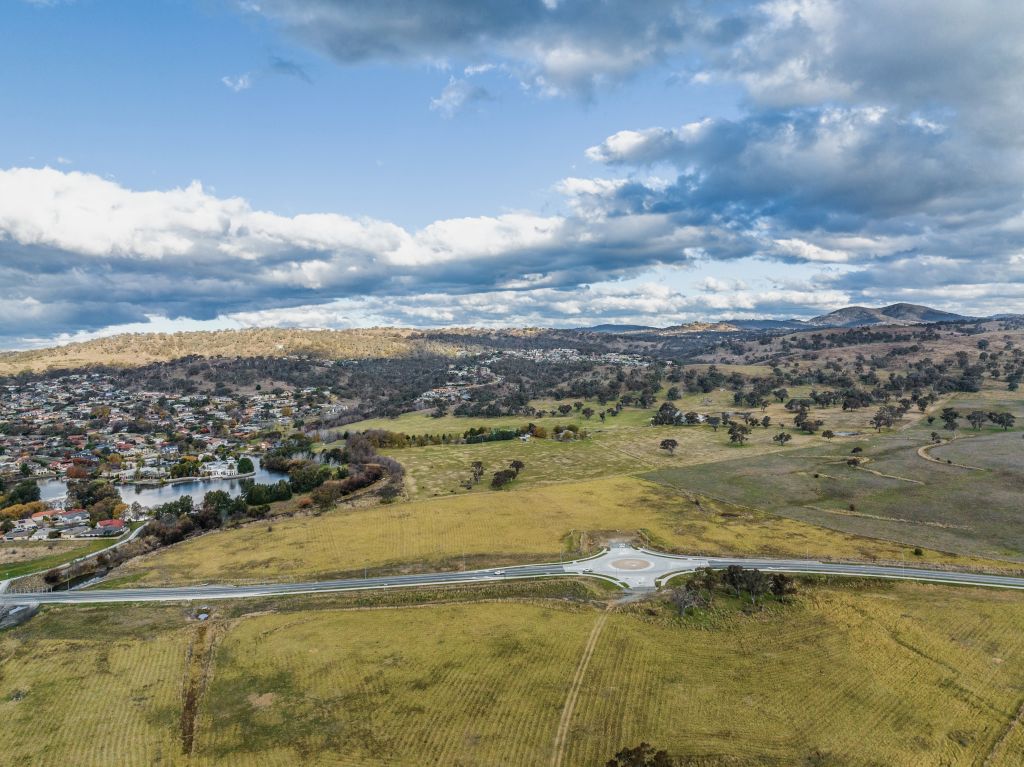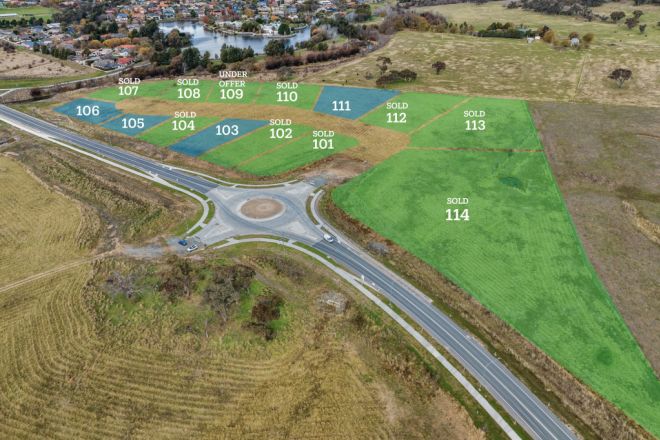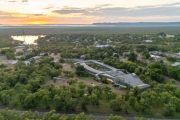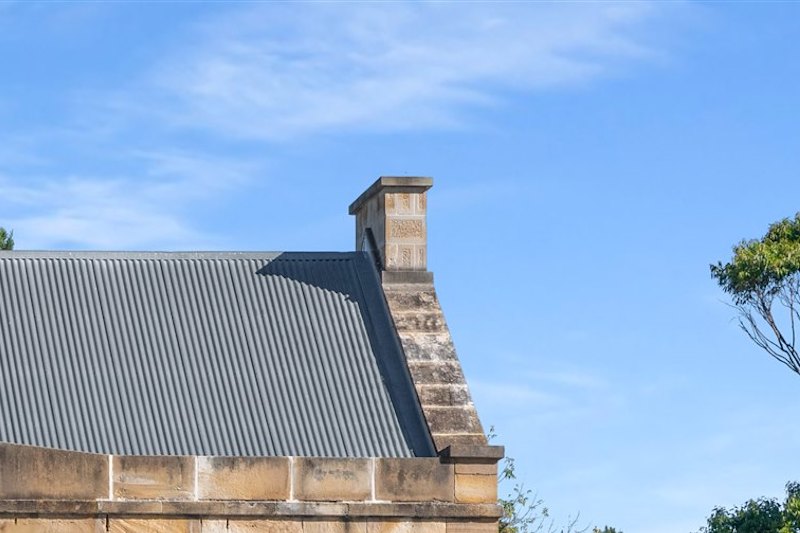
Why proximity is so important when choosing an industrial space
Industrial land owner-occupiers and investors often have a long list of must-haves when shopping for a new property. At the top of that list should be location and access to key transport links.
Experts say easy connection to major roads and highways is essential to securing tenants in any industry and ensuring long-term capital growth.
A location that is also close to airports or docks, suppliers and staff will always stand the test of time, says Michael Ceacis, executive director of sales and leasing at real estate agency Canberra Commercial.
“Proximity is very important for a number of reasons, including travel time for staff and the delivery of raw materials to the premises and goods to your customers, which has an overall impact on the timing, cost and profits of the business,” he says.
South Jerrabomberra Industrial Park in Environa, NSW, is an example of a well-placed and connected industrial site. The 6.2-hectare park contains 14 lots and is located in one of the fastest growing regions of NSW on the border with the ACT, close to Monaro Highway and the Canberra Airport’s international freight hub.
South Jerrabomberra itself is a new suburb with a host of residential property projects underway and an upcoming town centre. Soon it will have the new Regional Sports Complex that is set to include an aquatic centre, a 3000-seat indoor stadium, and hockey, soccer and touch rugby fields.
The emerging town will also feature a community centre, dog parks and a community orchard garden. Construction of these facilities in South Jerrabomberra is expected to be around two years away.
The addition of an industrial park to the area will serve the needs of local businesses and those looking to relocate to a prime location. The width of the roads in the park is suitable for semi-trailer and B-double trucks making deliveries and pick-ups.
Those who buy or invest at South Jerrabomberra Industrial Park can also explore the potential to customise the size of their site, says Ceacis.
“The industrial estate offers what small to medium businesses have been seeking for many years in the Canberra region – smaller industrial blocks of 2500 to 4000 square metres and the ability to amalgamate a number of blocks to fit small to large businesses. It also addresses the shortage of industrial land available in the market,” he says.
Beyond location and transport links, there are some site priorities buyers should be on the lookout for, notes David Easterbook, director of Elite Buyer Agents.
“Another feature that is important is the size – the usable floor space. Large is not always required,” he says.
“There are many small businesses that only need 200 square metres, and they sell extremely well and rent out equally well.
“The height of the building is important and the percentage of floor space used for offices or showrooms is typically a point we continuously need to be working with clients to be flexible on. This is an attribute that can be changed and allows expansion if required in the future.”
Then, of course, there’s capital growth and the matter of price. A cleverly located site that has good transport links is well placed to deliver future growth and this should be factored into the budget, Easterbrook says.
“The most important factor is price. Everyone has a budget and the budget determines the size and location. Buyers need to balance the property attributes and location for the set budget.”
This article has been created in partnership with Canberra Commercial.











